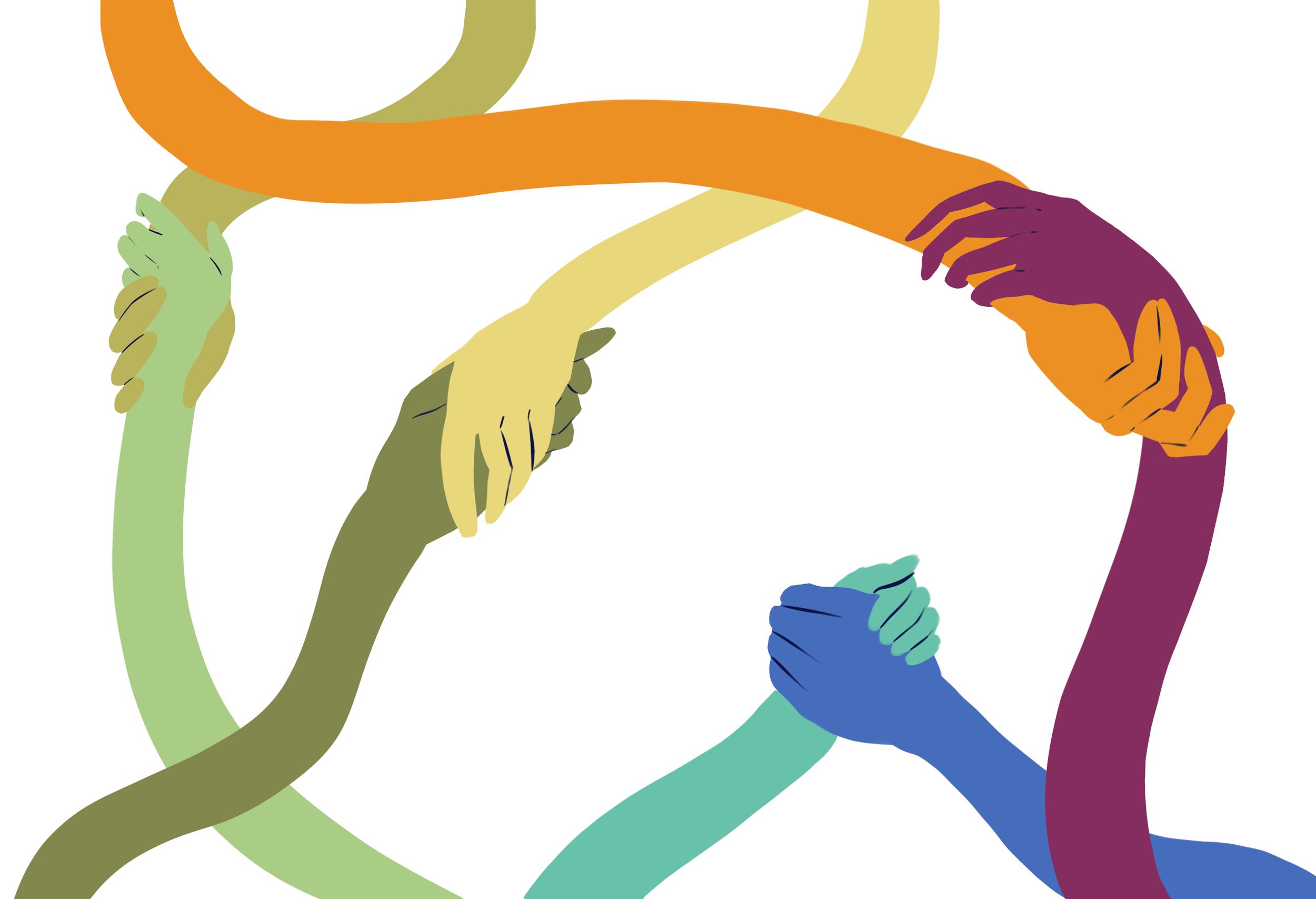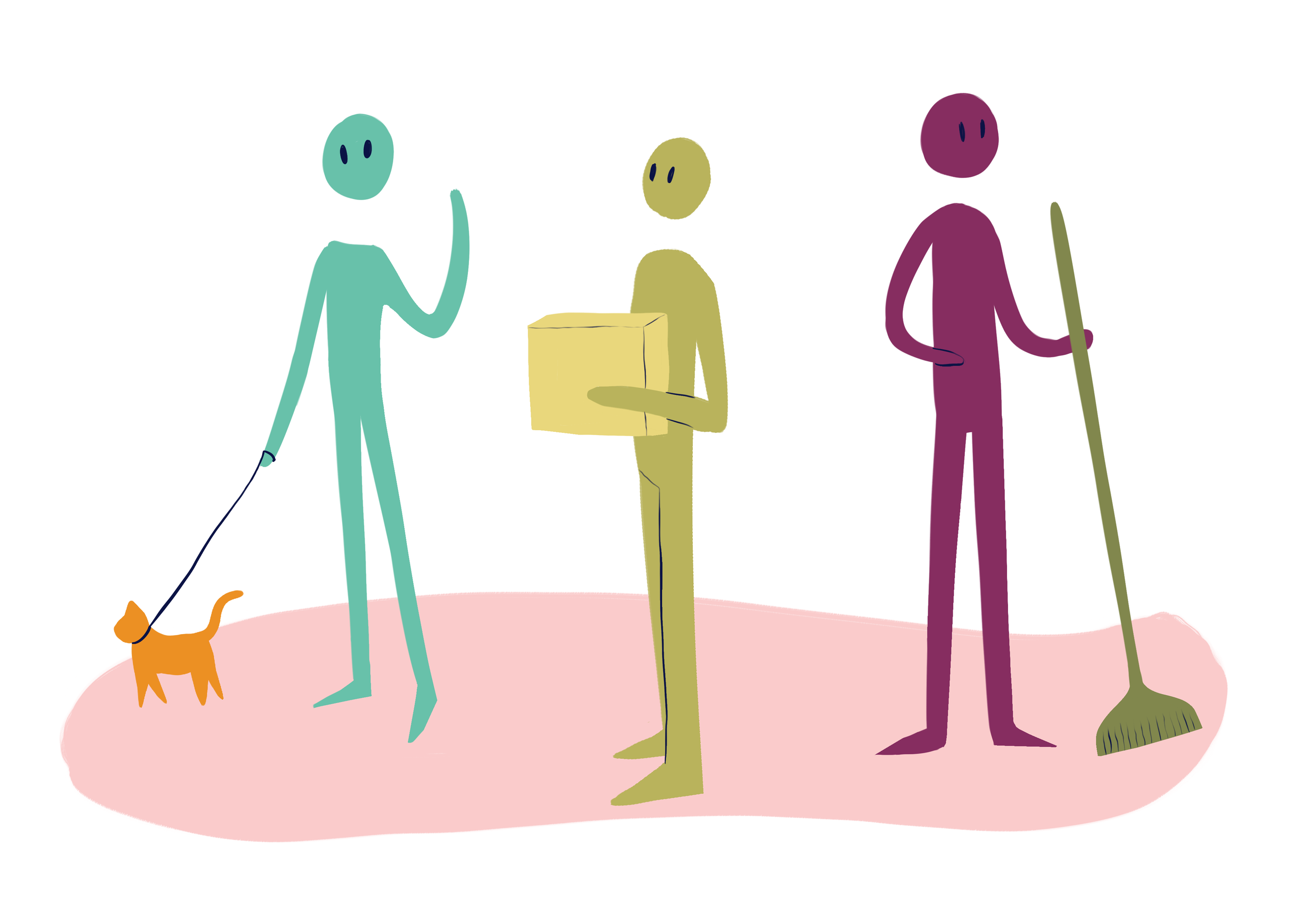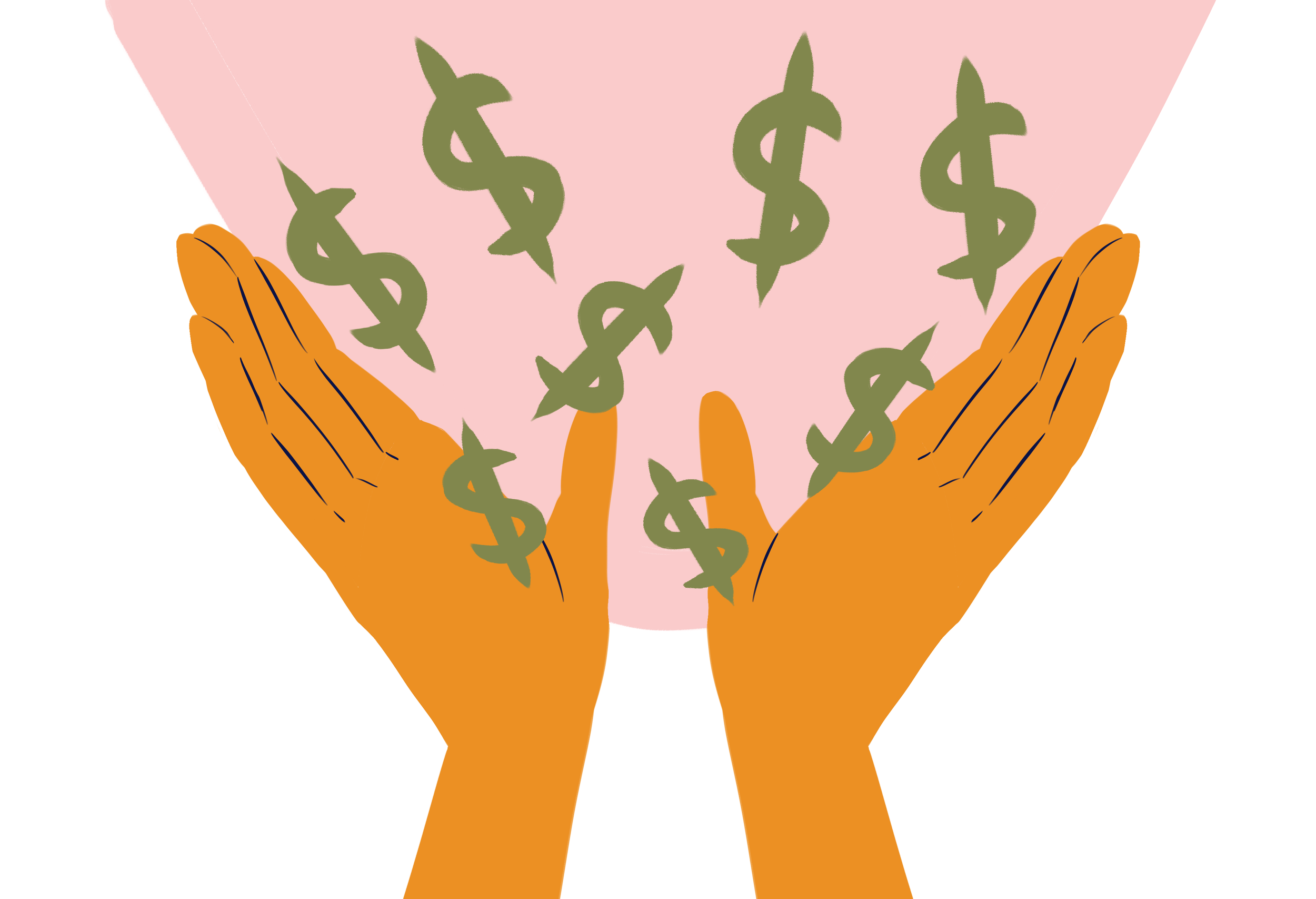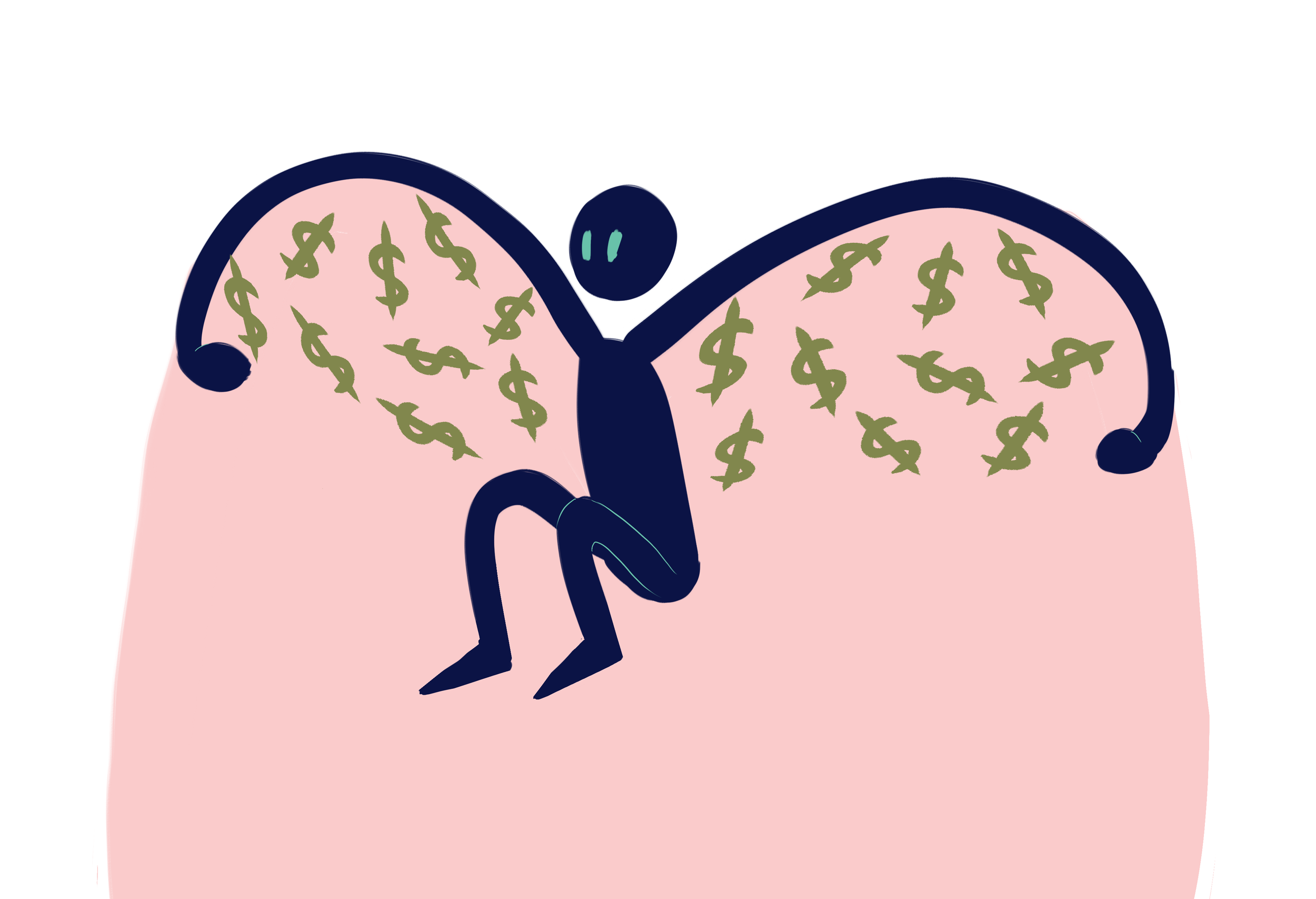Mutual Aid for A Better Future
What Is Mutual Aid?
Have you ever been upset by problems in your community or the wider world and wanted to do something about them? The concept of mutual aid came about because of such situations. When people practice mutual aid, they cooperate with others to collectively meet immediate needs. Participating in mutual aid is all about giving what you can, where you can and how you can.
Graphic by Malichi Arsac
What Might Mutual Aid Look Like?
People can participate in mutual aid in various ways such as:
Sharing their knowledge within the community
Giving excess supplies to people who need them more
Cooking a meal and delivering it to a neighborhood family
Starting a childcare collective
You may have already participated in mutual aid without realizing it. During the height of the COVID-19 pandemic, the members of my small activism group practiced mutual aid by pooling our resources, sharing them with people affected by grocery store shortages. Someone gave me hand sanitizer, and I responded by offering a few rolls of toilet paper. That simple exchange relieved stress during a chaotic, uncertain time.
Graphic by Malichi Arsac
How Does Mutual Aid Differ From Donating to a Charity?
Charities typically encourage donors to give occasional, high-dollar contributions. However, such arrangements can worsen internalized biases about which causes or population groups deserve financial support “most,” and what kind of assistance they should get.
Charity donations are also usually one-way transactions. You decide to contribute but might not hear anything else from the charitable organization until the next fundraiser begins. Mutual aid differs by redistributing smaller dollar amounts in smaller, frequent and more sustainable ways. You’re also much more likely to receive aid from some people you directly assisted through whatever you offered.
Then, rather than your support being something offered once a year during a targeted campaign, it becomes something you give as an everyday part of life. That shift reduces the attention placed on who receives the wealth and why, normalizing the giving as a worthwhile action.
Graphic by Malichi Arsac
How Can I Fit Mutual Aid Into My Budget?
As many people grapple with costs of living crises and other elements that bring financial instability, they resist giving due to the belief they simply can’t afford it. However, mutual aid advocates suggest a simple way to participate without causing financial strain. They recommend viewing this wealth redistribution as a percentage of your net total income rather than aiming for an amount.
Consider a scenario where you earn $30,000 per year and give $10 a week to mutual aid. That arrangement means you contribute 1.73% of your total net income. That example shows you don’t have to be a high earner to make a meaningful difference in your community. Consider redistributing wealth as a percentage to stay within your means. Then, if your situation changes, just adjust the amount accordingly.
Graphic by Malichi Arsac
Moving From Wealth Hoarding to Sustainable Giving
Capitalist societies encourage people to hold onto their wealth as tightly as possible, prioritizing personal gain. There’s such a huge emphasis on investments to grow one’s wealth and save it for anything that might happen in the future. Then, when people get asked to give, their conditioned response is often to contribute far less than they reasonably could.
If you can relate, don’t be too hard on yourself. Societal norms under capitalism can be hard to overcome. The first step is to recognize the conditioning and take progressive steps to gradually overcome it.
An easy way to start changing your mindset about giving is to question your initial response to it. What causes your resistance to giving more? Can you truly not afford it, or has capitalistic conditioning made you reluctant to part with your wealth? If the issue is the latter, challenge yourself to determine how you could make larger contributions while still living within your means. That’s an important step towards being a sustainable giver and practicing mutual aid.
Consider adjusting your monthly budget so it includes the wealth you want to redistribute. Assess your budget as total resources rather than just money. I don’t make much money, but I’ve volunteered weekly with several organizations throughout my life.
Once I started viewing my volunteer opportunities as periodic ways to fill my time, I anticipated the giving with more joy because I knew I’d already allocated those hours to causes that mattered to me.
Graphic by Malichi Arsac
Mutual Aid Takes Many Forms
A final thing to remember is there’s no universal way to practice mutual aid. Although we discussed wealth distribution primarily in financial terms here, you can also view wealth as knowledge, skills or other things you possess that could benefit others. The key is finding sustainable, long-term ways to extend your support, breaking through capitalistic conditioning in the process.
Graphic by Malichi Arsac
Much appreciation to @pocketchangepools for some of this information.







